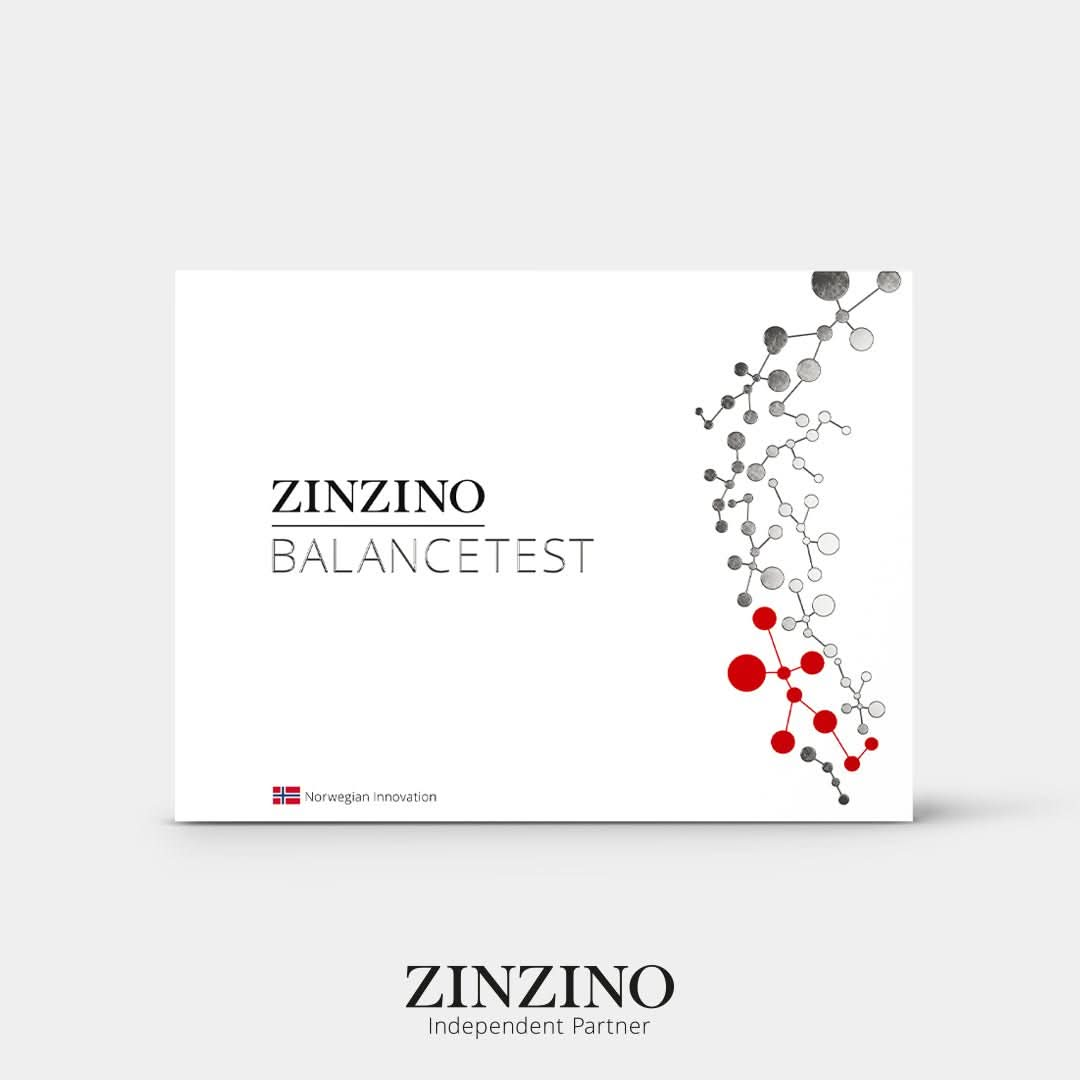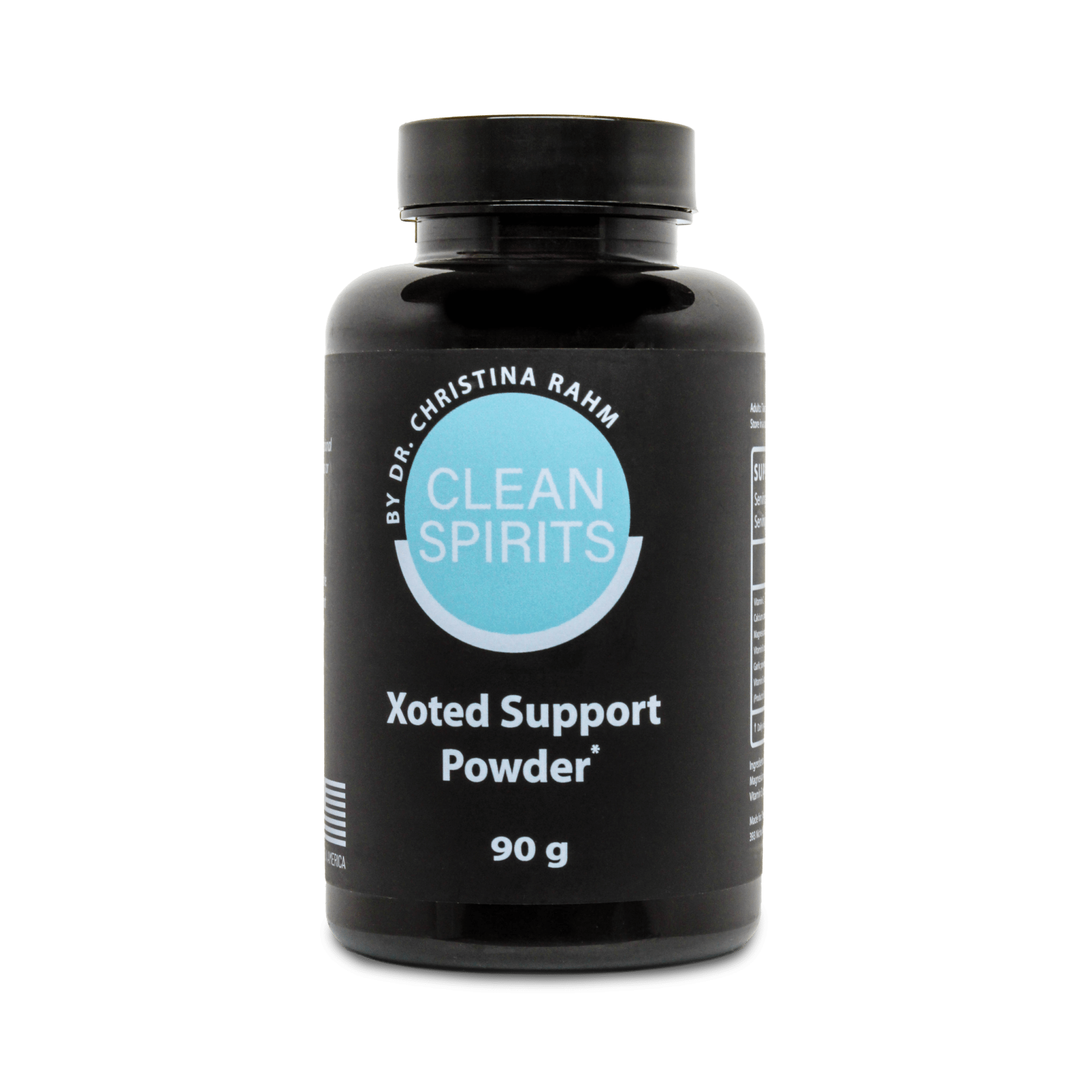
BalanceTest - Fatty acid analysis - pack of 2

5-Star Walgenbach Service
Buy here in the Walgenbach Shop in Dollar
Order directly from ROOT with Best Price Guarantee

Order directly from Zinzino
 Premier-Preis:
Premier-Preis:178,00 € plus Versand
Shipping: 3-5 business days
The BalanceTest from Zinzino is an uncomplicated self-test for analyzing fatty acids in capillary blood, which is obtained from a fingertip using the dried blood spot (DBS) method. Scientific studies show that a DBS test for fatty acid analysis is just as accurate as a venous blood sample. The test requires just a few drops of blood from your fingertip on a Whatman® filter paper - a process that takes less than a minute.
Key benefits
- User-friendly dry blood self-test
- Measures 11 fatty acids in your blood
- Provides information about your omega-6:3 balance
What we measure
The test analyzes 11 fatty acids, including saturated, monounsaturated (omega-9) and polyunsaturated (omega-6 and omega-3) fatty acids. The results are presented as a percentage of the total fatty acids measured. The values are compared with average values from a balanced reference group. The following fatty acids are measured:
- Palmitic acid, C16:0, saturated fatty acid
- stearic acid, C18:0, saturated fatty acid
- oleic acid, C18:1, omega-9
- linolenic acid, C18:2, omega-6
- alpha-linolenic acid, C18:3, omega-3
- gamma-linolenic acid, C18:3, Omega-6
- dihomogamma-linolenic acid, C20:3, Omega-6
- arachidonic acid (AA), C20:4, Omega-6
- eicosapentaenoic acid (EPA), C20:5, Omega-3
- docosapentaenoic acid (DPA), C22:5, Omega-3
- docosahexaenoic acid (DHA), C22:6, Omega-3
Certified test kit
The certified Zinzino dried blood test complies with the European Directive on in vitro diagnostic medical devices (IVD) 98/79/EC, which means that the test and all its components comply with the applicable laws and regulations and therefore bear the CE mark.
How your results are calculated
The percentages of 11 fatty acids are analyzed and considered as 100%. For the calculation of the following 6 values, 7 of these fatty acids are used:
1. omega-3 eicosapentaenoic acid (EPA)
2. omega-3 docosahexaenoic acid (DHA)
3. omega-3 docosapentaenoic acid (DPA)
4. omega-6 arachidonic acid (AA)
5. omega-6 dihomogammalinolenic acid (DGLA)
6. saturated fatty acid, palmitic acid (PA)
7. saturated fatty acid, stearic acid (SA)
Protective value
The following three recognized health indicators are calculated first:
1. omega-6 ratio: (DGLA + AA) * 100 / (DGLA + AA + EPA + DPA + DHA)
2. omega-3 concentration: sum of EPA and DHA
3. Balance value: Omega-6 (AA) / Omega-3 (EPA)
Each indicator is weighted equally in a second calculation and given a value between 0 and 100, which is then divided by 3 to determine the protective value, which is ideally above 90. This shows the person's fatty acid protection profile, but not their overall health.
Omega-3 index
The omega-3 index summarizes the percentages of the marine omega-3 fatty acids EPA and DHA. The ideal combined value is at least 8%, with higher values around 10% being desirable. Omega-3 fatty acids are essential as they are the main building blocks of our cells. EPA is mainly found in the blood, muscles and tissues, while DHA is found in the brain, sperm and eyes.
Omega-6:3 balance
The balance is calculated by dividing the AA percentage by the EPA percentage (AA/EPA) and expressed as a balance value, e.g. 3:1. An omega-6:3 balance below 3:1 is optimal. At higher values, a change in diet can be helpful. A good omega-6:3 balance supports normal cell and tissue development and helps to control inflammation.
Cell membrane fluidity
Fluidity is calculated by dividing the percentage of saturated fatty acids by the percentage of omega-3 fatty acids. The fluidity value is defined as (PA + SA) / (EPA + DHA) and expressed as a fluidity index, e.g. 3:1. A value below 4:1 indicates sufficient cell membrane fluidity. Saturated fats make membranes stiffer, while polyunsaturated fats make them more flexible. A balanced membrane structure is important for cell health and nutrient exchange.
Mental strength
Mental strength is calculated by dividing the percentage of AA by the sum of the percentages of EPA and DHA: Mental Strength = AA / (EPA + DHA). A value below 1:1 indicates a good supply of omega-3 and omega-6 fatty acids to the brain and nervous system. An increased intake of marine omega-3 fatty acids improves cognitive performance, especially in childhood and old age.
Arachidonic acid (AA) index
The AA index shows the percentage of the omega-6 fatty acid arachidonic acid (AA) in the total fatty acids measured. A good average value is between 6.5 and 9.5 %, with an optimum value of 8.3 %. AA is an important omega-6 fatty acid that serves as a starting point for the production of tissue hormones that curb infections and injuries and protect the body.
Carrying out the test
Preparation
- The Zinzino test is an approved in vitro diagnostic for personal blood sampling at home.
- Wash your hands thoroughly with soap, rinse them with warm water and dry them.
Prepare the sample card
- Remove the sample card from the paper envelope and keep the envelope for later.
- Separate the section labeled "SAVE" from the sample card and take a photo of the test ID. You can only view your test results with this ID.
- Place the card on the table with the two circles facing upwards.
Stimulate blood flow
Stimulate the blood flow by circling your arm or shaking your hand for about 20 seconds.
Taking a blood sample
- Remove the disposable lancet from the packaging. Remove the transparent safety cap to make the lancet ready for use.
- Clean the fingertip (preferably the middle finger) with the alcohol swab.
- Place the lancet on the lower part of your fingertip and press it until you hear a clicking sound. The lancet will automatically prick your finger.
Apply blood
- Do not touch the filter paper with your fingers.
- Fill the circles with blood one after the other. Press your finger gently and let a drop of blood fall onto the circle by itself. If a circle is not completely covered, let another drop fall onto it.
- Allow the sample card to dry for at least 10 minutes at room temperature in a horizontal position.
Packing the sample card
- Insert the dried sample card into the paper envelope.
- Place the paper envelope in the metal bag and seal it. Do not remove the desiccant sachet.
- Place the sealed metal bag in the large envelope with the laboratory address printed on it.
Dispatch and registration
- Apply sufficient postage to the envelope and place it in a letterbox.
- Register your test code on the website [www.zinzinotest.com](http://www.zinzinotest.com). Your test results will be available here after 10-20 days.
IMPORTANT: Keep the section labeled "SAVE". You can only view your test results with your anonymous test ID.
Choose options


